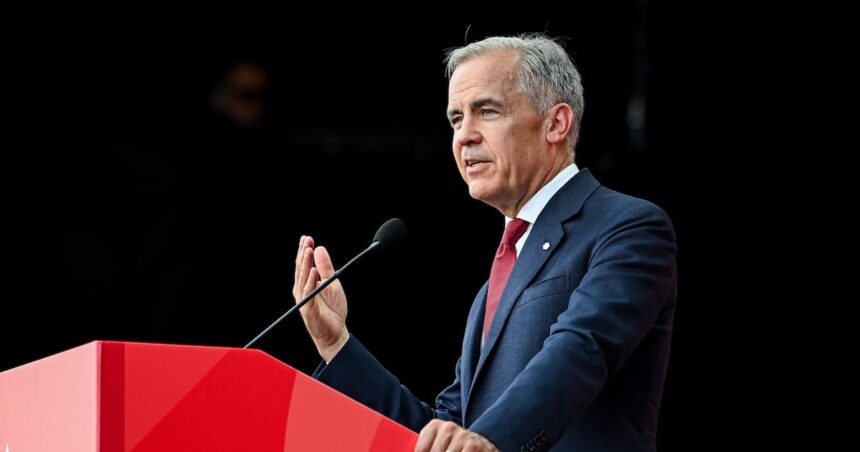In a decisive move signaling fiscal restraint, Prime Minister Mark Carney has instructed his newly formed cabinet to identify substantial operational savings across federal departments by summer’s end, sources close to the administration confirmed yesterday.
The directive, delivered during yesterday’s inaugural cabinet meeting at Parliament Hill, represents the administration’s first concrete step toward addressing Canada’s growing deficit concerns—a cornerstone of Carney’s economic platform during his rise to leadership.
“This isn’t about slashing essential services or abandoning commitments,” explained Finance Minister Chrystia Freeland during an impromptu press briefing following the meeting. “We’re looking at streamlining operations, eliminating redundancies, and ensuring taxpayer dollars deliver maximum value for Canadians.”
According to internal documents obtained by CO24, ministers have been tasked with finding between 5-7% in operational efficiencies within their respective portfolios—potentially amounting to billions in savings across government operations. Ministers must submit detailed efficiency proposals by August 31st for cabinet review.
The timing of this initiative is particularly significant as the administration prepares to present its first economic update this fall, followed by a comprehensive budget in early 2026. Economic analysts reviewing recent data from Statistics Canada suggest these measures come as Canada’s deficit has ballooned to nearly $42 billion—considerably higher than projections from the previous administration.
“Carney is leveraging his banking background in a predictable but necessary way,” noted Dr. Helena Morgenstern, senior economist at the University of Toronto. “He’s establishing fiscal discipline as a foundational principle before the government begins implementing its broader economic agenda.”
Political observers point out that this approach represents a delicate balancing act for the new Liberal government, which campaigned on both fiscal responsibility and expanded social programs. Opposition leaders have already voiced skepticism about the administration’s ability to achieve both objectives.
“We’ve heard these efficiency promises before,” Conservative finance critic Pierre Poilievre stated during Question Period today. “Canadians deserve transparency on exactly where these cuts will come from and who will bear the burden.”
Sources within the Prime Minister’s Office emphasize that certain priority areas will remain protected from any potential reductions, including Indigenous reconciliation initiatives, climate action programs, and healthcare transfers to provinces.
The cabinet directive explicitly instructs ministers to focus on administrative overhead, consultant contracts, and program delivery mechanisms rather than service levels. Ministers have also been told to identify outdated programs that no longer serve their original purpose or could be consolidated with other initiatives.
This approach to fiscal management appears to be resonating with financial markets, as the Canadian dollar strengthened marginally following news of the cabinet directive. Bond yields also showed slight improvement, suggesting cautious optimism about the government’s commitment to fiscal discipline.
For ordinary Canadians watching this unfold, the implications remain unclear. Will these “operational efficiencies” translate to noticeable changes in government services, or will they remain invisible to the average citizen? As departmental reviews begin in earnest, the answer to this question may determine not just the economic success of Carney’s government, but its political fortunes as well.
















